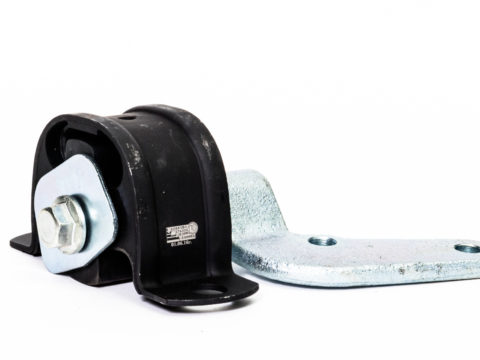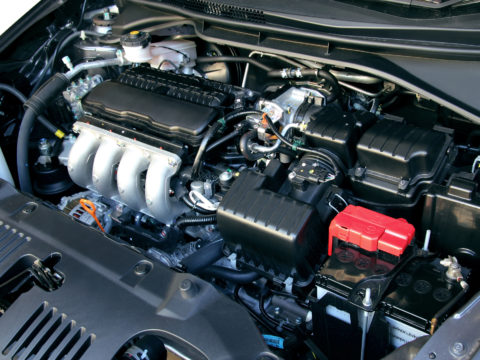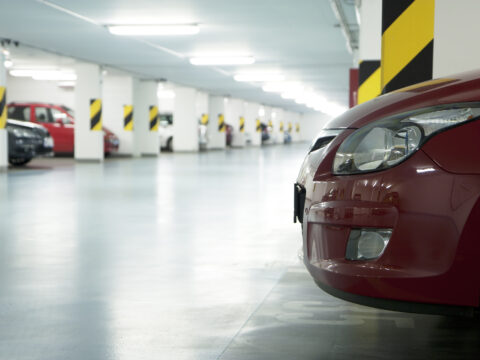Everyone who drives has experienced the dreaded check engine light. You take your car to the mechanic who says nothing is wrong with your car. Great, you think. Now what?
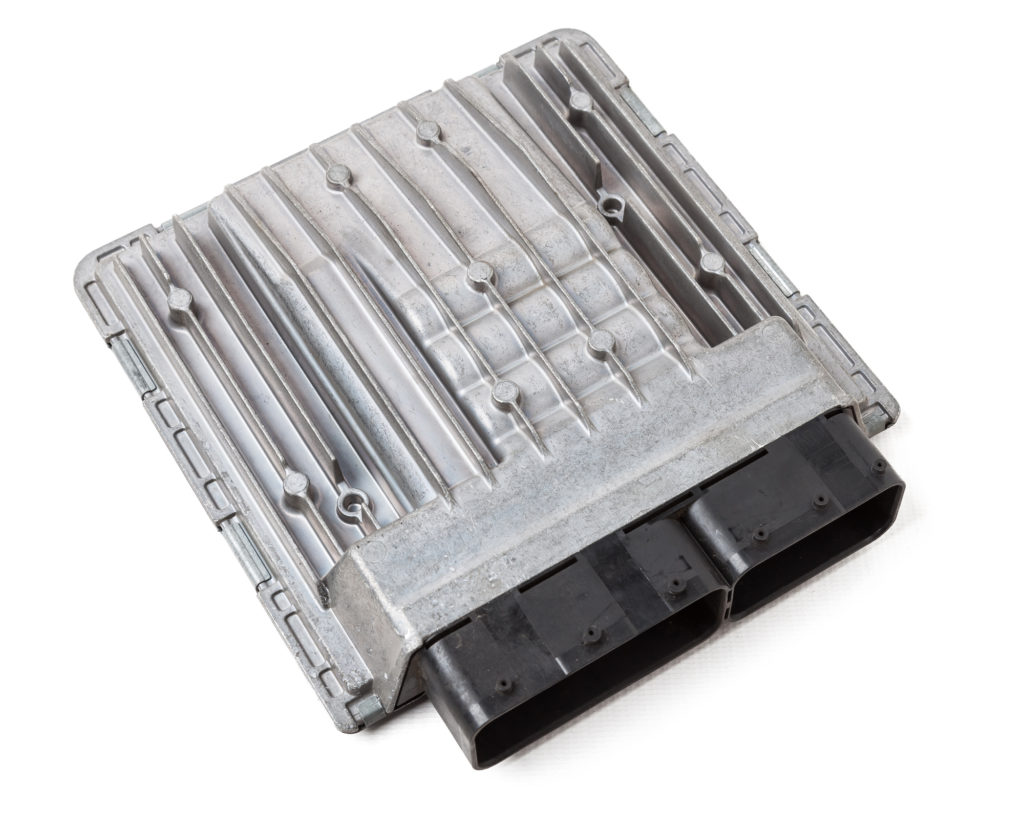
You could pay for a full vehicle diagnostic, but you could also try resetting your car’s ECU.
To figure out if you need an ECU reset, we’ll define what an ECU is, what resetting an ECU can and cannot achieve, and teach you how to reset your ECU.
Contents
Understanding an ECU Reset
To understand what an ECU reset is, we must understand what an ECU is. An ECU, or engine control unit, is a piece of electronic equipment present in most cars and trucks that controls the engine’s actuators. An ECU reset recalibrates your engine control unit by wiping its memory of your engine’s performance.
Why Do You Need an ECU Reset?
You need an ECU reset to:
- Diagnose ECU malfunctions
- Address engine misfires
- Reset the check engine light
For example, resetting an ECU can be used to reset an engine’s optimum idling RPMs. Your car’s computer may need to be replaced if your engine idle improves after an ECU reset. In contrast, an ECU reset that results in a rough engine idle may indicate a mechanical problem.
You can also use an ECU reset to reset faulty check engine lights or other dashboard warnings. Faulty dashboard lights can cause your vehicle to fail its yearly safety inspection. By resetting your vehicle’s ECU, you effectively erase the computer’s memory of any issues your car engine was experiencing. Be aware that resetting your ECU is not a permanent solution to faulty check engine lights, but it may help you pass a vehicle inspection.
How Long Do You Leave a Battery Disconnected to Reset ECU?
You should leave your car’s battery disconnected for a minimum of fifteen minutes and no longer than thirty minutes to reset an ECU. To disconnect a car battery, remove the negative power cable from the negative terminal of your car battery with the use of a socket or monkey wrench.
Does Unplugging a Car’s Battery Reset the ECU?
Unplugging a car’s battery will reset the ECU in older vehicles—makes from about 1980 to 2005. Newer vehicles use computers with more advanced memory systems that store engine information even when the computer is disconnected from power.
Do You Have To Disconnect Both Battery Terminals to Reset ECU?
You do not have to disconnect both of your car battery terminals to reset an ECU.
You may choose to disconnect both battery terminals to reset an ECU, but it is not required. All you need to do to reset your ECU is interrupt the power flow from the car battery to the car’s ECU. The most efficient way to disrupt the ECU’s power supply is to disconnect the negative cable from the negative terminal.
What Happens if You Disconnect the Positive Terminal First?
You must disconnect the negative terminal of your car battery first if you plan to reset your car’s ECU by disconnecting the battery.
Disconnecting the positive terminal of a car battery while the negative terminal is still connected can lead to battery arcing. Battery arcing is a dangerous condition where an electric current jumps a gap in a circuit. An arc can cause a powerful charge to be transferred from the car battery to other metal parts of your car, leading to hazardous sparks.
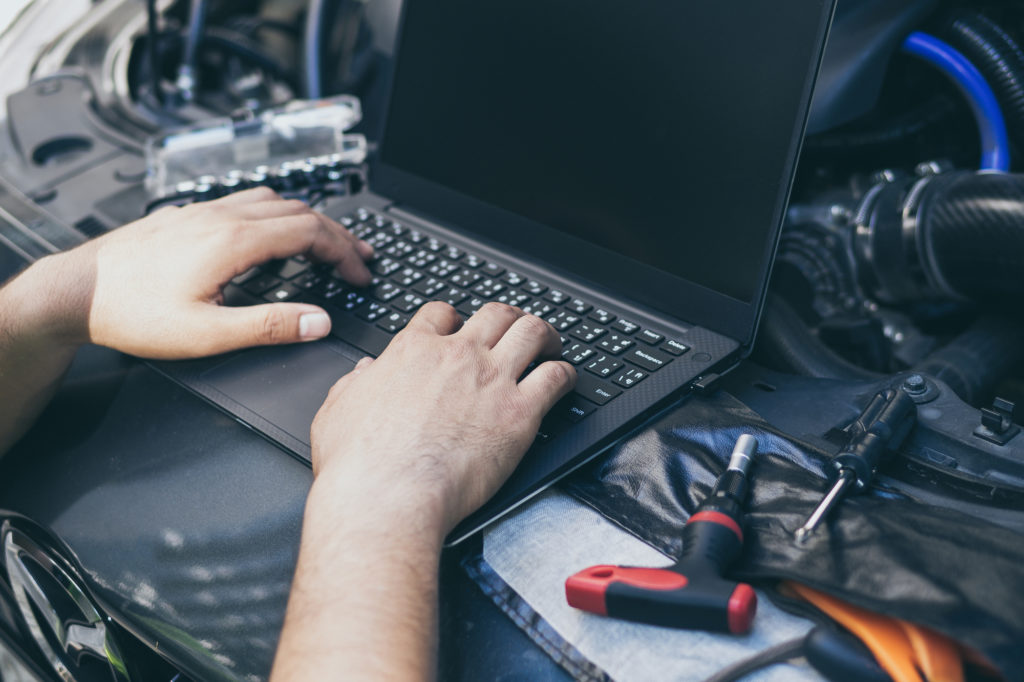
How to Disconnect a Battery to Reset ECU?
Resetting an ECU by disconnecting a car battery is a simple process that anyone can do. Please be aware that resetting an ECU usually takes anywhere from 30 minutes to an hour, so plan accordingly.
ECU Reset Tools Needed
You will need a socket or monkey wrench, a set of jumper cables, a rag or piece of cloth, and your car keys to reset your car’s ECU by disconnecting the car’s battery. Optional: gloves to prevent your hands from getting dirty.
Step 1
Locate your car’s battery. Disconnect the battery’s negative cable from the negative terminal using your preferred wrench. Isolate the negative terminal by placing a rag or piece of cloth between the battery terminal and the negative cable.
Note: the negative terminal is denoted with a minus (-) symbol and is usually color-coded in black.
Step 2
Take your jumper cable and connect one of its clamps to the isolated negative cable. Take your jumper cable’s other clamp and connect it to the positive terminal. Once the circuit is complete, wait for at least 15 minutes.
Step 3
After 15 minutes (or more) have elapsed, disconnect your jumper cables from the car battery. Reconnect your car’s negative power cable to the negative terminal of the car battery.
Step 4
Insert your car’s key into the ignition. Turn the ignition key until the car’s dashboard lights come on, but do not turn the engine over.
Note: When done correctly, the fuel gauge needles and dashboard lights of your car will activate, but the engine will not turn over.
Now turn the ignition key back to its starting position to turn the car off. Now turn the car back on, this time turning the engine over.
Let the car idle for fifteen minutes. Your car’s ECU is now reset and will recalibrate after driving a few hundred miles.
How Long Does It Take for a Car Computer to Reset?
The process to reset a car’s computer takes about an hour. Once a car’s computer has been reset, it will take a few hundred miles of driving for an ECU to rerecord the vitals of a car engine.
Can You Reset a Car ECU Without Disconnecting the Battery?
You can reset your car’s ECU without disconnecting your car battery.
The purpose of disconnecting a car battery is to remove an ECU’s power supply. ECUs, especially on older vehicles, are designed to reset after they have lost their power source. Removing the ECU fuse from your vehicle’s fusebox will achieve the same result as disconnecting your car battery: it will interrupt the ECU’s power supply.
How to Reset A Car ECU Without Disconnecting the Battery
First, make sure your car is off. Then locate your car’s fuse box. Fusebox locations vary between car makes and models, but most are located on the driver’s side of the car. Refer to your vehicle’s owner manual to expedite the location of your car’s fusebox.
Once you have located your car’s fusebox, remove its protective panel. Locate the fuse labeled ECU (In some vehicles, the fuse may be labeled ECM). After 15 minutes have elapsed, replace the ECU fuse and restart your car.


